🏡 Who’s Responsible for the Fence?
Boundary fences might seem straightforward—but when it comes to responsibility, ownership, or planning rules, things can get complicated. Here’s a breakdown to help you stay informed and avoid disputes:
1. Fence Ownership: Check Your Title Deeds
The first place to look is your title deeds or Land Registry plan. They often use T-marks (single “T” means one owner; “H” means joint responsibility). These marks show who may need to maintain the fence—but they don’t always prove legal ownership.
If deeds aren’t clear, take a look at the fence itself: generally, the side with the posts or rougher face indicates which neighbour installed and maintains it. But don’t rely on folklore like “left-hand side belongs to me”—there’s no such rule.
2. Maintenance and Repairs
Own fence = your responsibility.
Party fence (“H” mark) = shared upkeep.
If documentation is unclear, responsibility may fall to whoever wants the repair—but remember, you can build a new fence on your side even if the neighbour won't join in.
Legal action over a broken fence is usually more trouble than it’s worth—most neighbours will just replace their own.
3. Do You Need Planning Permission?
Recent rules mean:
Back gardens: fences up to 2 m (6’6") don’t need permission.
Front gardens (facing roads/footpaths): limited to 1 m (3’3") unless exceptions apply.
Exceeding these limits, or adding trellis or features, may require approval—always check with your local authority.
4. Face of the Fence: Who Gets the “Good Side”?
The homeowner who owns the fence decides which way it faces. There's no law dictating the “good side” direction. Traditionally, it faces the neighbour—but appearances aren't covered by regulation.
5. Neighbourly Communication Is Key
Always talk to your neighbour before installing, repairing, or replacing a fence.
Aim for a written agreement on placement and ownership.
If disputes arise, consider peaceful mediation—legal action should be your last resort .
✅ In Summary:
| Task | Check This |
|---|---|
| Who owns the fence? | Look at deeds or registry (T/H marks) |
| Responsibility? | You pay for owned fences; share for party fences |
| Height rules? | ≤ 2m rear, ≤ 1m front without planning |
| Face direction? | Owner decides good side |
| Dispute? | Talk it out, consider building your own |
Understanding boundary rules keeps your properties legal—and peaceful. Please let us know if you have any questions as our friendly team are here to help.
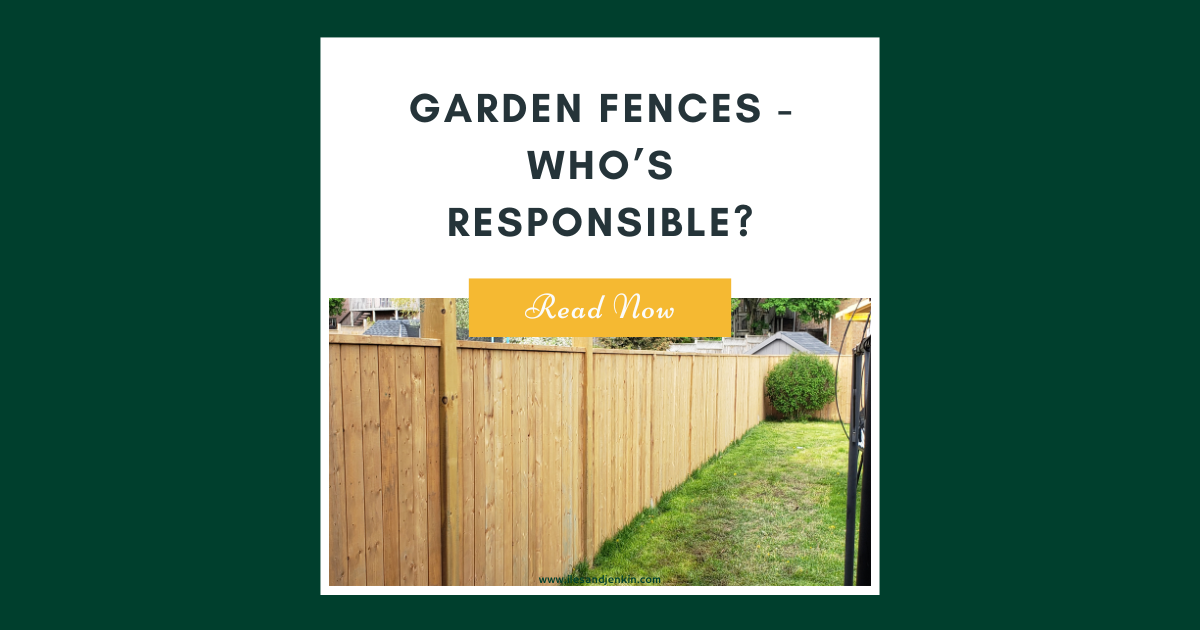
 By
By 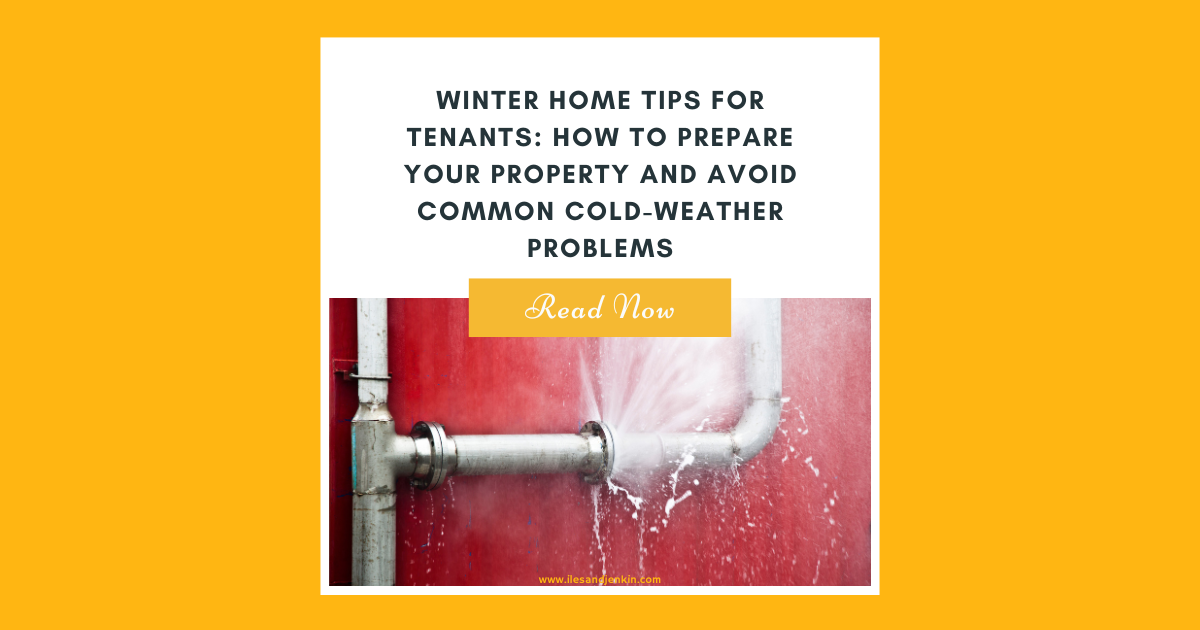
 posted by
posted by 

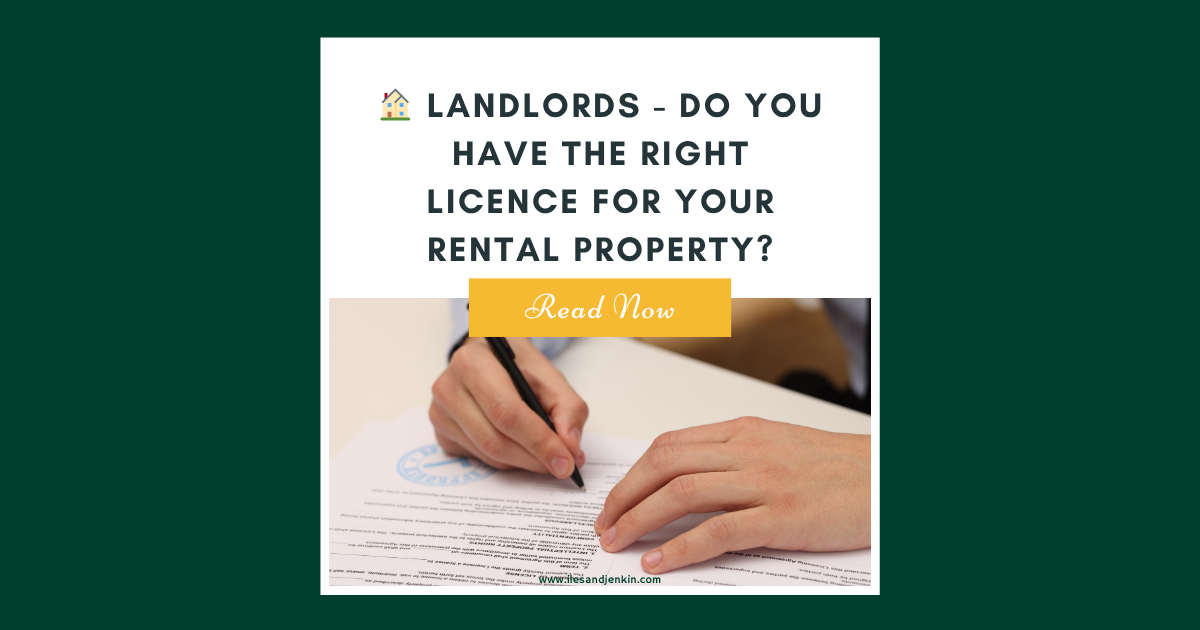
Share this with
Email
Facebook
Messenger
Twitter
Pinterest
LinkedIn
Copy this link